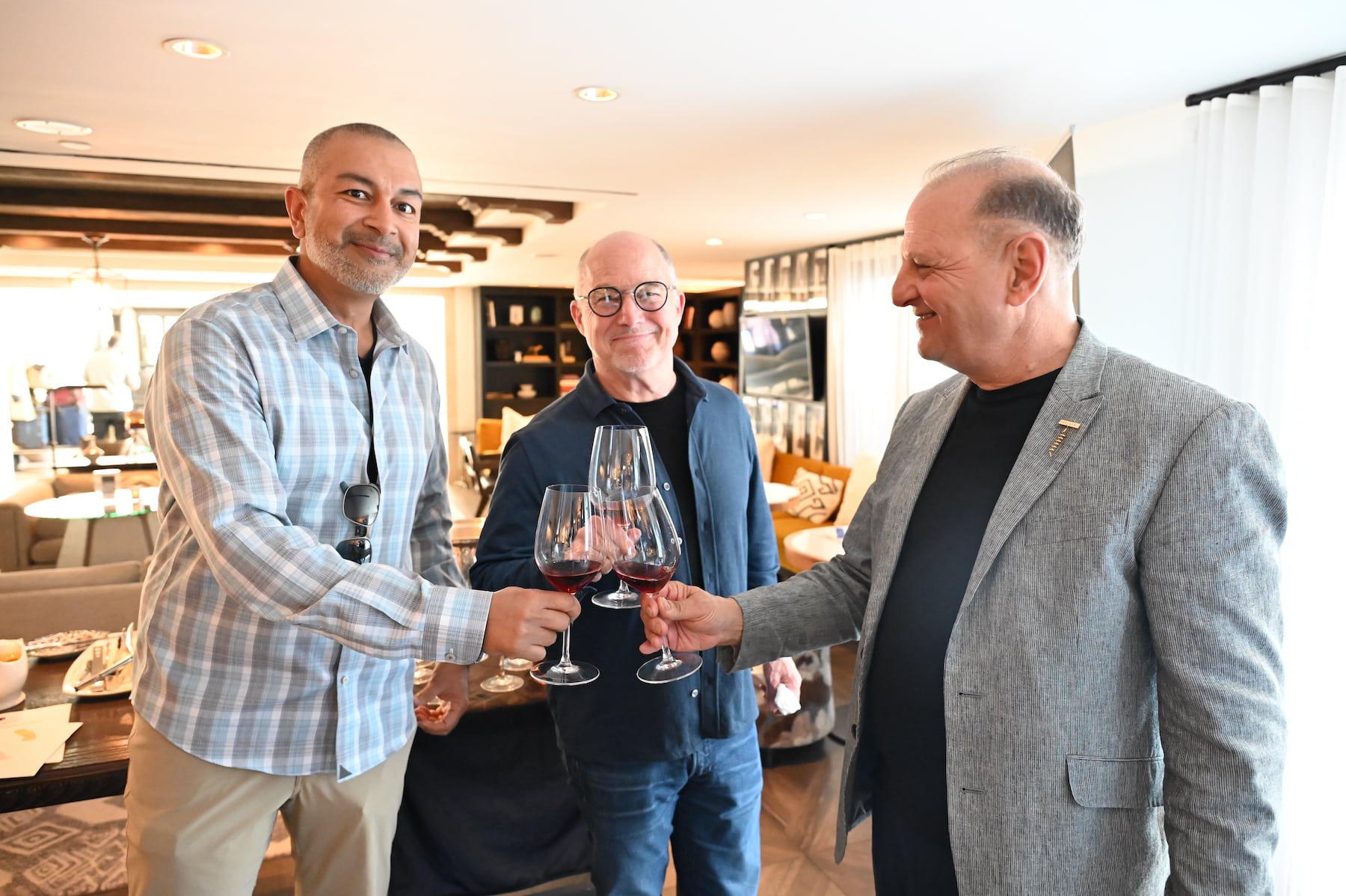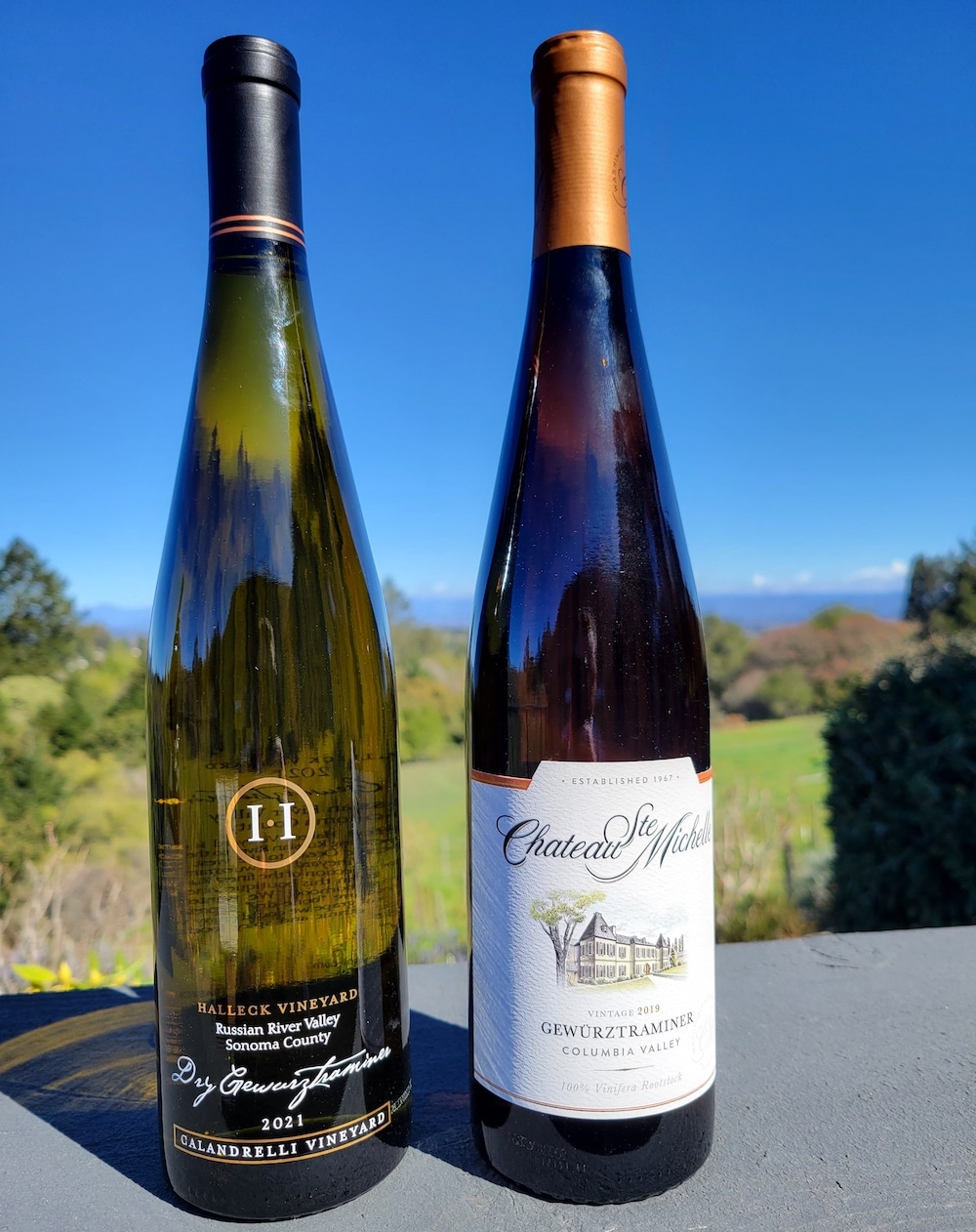Wineries With Scenic Views - Sebastopol's Vibrant Wine Scene
Wine tasting is an art that combines sensory experience with an appreciation for the nuances of different varietals. How to gauge flavors in winery wine tasting periods is pivotal to grasping the complexities of wine.
Engaging in a wine tasting involves greater than simply sipping and savoring. It requires a focused method to establish aromas and flavors that every wine presents. As you start, observe the wine's appearance, noting its color and readability. These visible cues typically recommend a wine’s age, grape variety, and even potential flavor profiles.
The next step within the tasting course of is to swirl the wine in your glass. This action releases fragrant compounds that are vital for evaluation. Lean in and take a second to inhale deeply; the aromas can vary from floral and fruity to spicy and earthy. The nose of the wine is just as essential as the palate, and recognizing scents plays a major function in understanding the overall experience.
When taking your first sip, allow the wine to move throughout your palate - Wineries Focusing On Single Vineyard Wines. Discover the initial flavors that present themselves. Is the wine fruity, floral, or perhaps herbaceous? This preliminary style gives insight into what the wine is more doubtless to express as you proceed to gauge it. The mouthfeel additionally contributes to the general flavor experience; it could be silky, tannic, and even effervescent.
Wineries With Unique Tasting Experiences - Explore Sebastopol Area Vineyards
As you continue tasting, take note of the wine’s stability. A well-balanced wine will harmonize acidity, sweetness, and tannins. If one element overwhelms the others, it'd indicate a much less desirable quality. Evaluating balance can help you determine how well the wine would possibly pair with food.
Transitioning to the end, contemplate how the flavors evolve because the wine lingers on your palate. A long, nice end can point out a high-quality wine, whereas a brief or abrupt end would possibly suggest in any other case. Mirror on whether or not the flavors stay consistent or if new notes emerge as the wine settles. This development can reveal complexities and intricacies that might not have been obvious within the initial tasting.
Temperature can be a vital think about evaluating wine flavors. Totally Different types of wine are optimally loved at specific temperatures. White wines often shine when chilled, whereas purple wines generally carry out greatest at room temperature. When tasting, make sure the wine is on the applicable temperature to fully recognize its character.
Wineries With Estate-Grown Grapes - Sonoma Wine Retreats
Pairing food with wine can greatly enhance the tasting experience. Foods can affect the perception of flavors in wine, both highlighting sure characteristics or diminishing them. When evaluating flavors, think about how the wine interacts with totally different foods, noticing which flavors are amplified or muted (Wineries With Unique Varietals).
Contemplate the influence of terroir as you have interaction in a winery tasting. Terroir encompasses the unique environmental factors that have an result on grape growing, including soil composition, climate, and geography. Understanding a wine's terroir can provide perception into its flavors and aromas, fostering a deeper appreciation for the choices made during its cultivation and production.
Education performs a basic position in enhancing one's ability to judge wine flavors. Studying about grape varieties, wine areas, see post and manufacturing strategies can pave the method in which for extra informed judgments during tastings. Additionally, attending workshops or classes can refine sensory skills and broaden your flavor vocabulary, enabling you to articulate tasting notes extra successfully.

Finally, it's important to do not forget that evaluating wine flavors is a highly personal experience. Individual preferences and perceptions will invariably form one’s tasting journey. Enjoyment must be at the forefront, with the evaluation process performing as a device to reinforce understanding and appreciation somewhat than create rigid pointers.
Breathtaking Views From Sonoma Wineries - Sonoma Vineyards Worth Visiting
In conclusion, mastering tips on how to evaluate flavors in winery wine tasting classes involves a combination of sensory engagement, knowledge, and practice. By learning to identify aromas, assess the balance, and appreciate the intricacies of flavor, wine enthusiasts can deepen their connection to each bottle they encounter. As with any art form, the extra one immerses themselves in the experience, the extra they will discover and enjoy the vast world of wine.
- Begin by observing the wine's shade and readability, as these visual parts can hint at its flavor profile and growing older potential.
- Swirl the wine gently in your glass; this releases aromatic compounds, permitting you to better determine the complex scents related to the wine.
- Take a deep inhale before tasting, focusing on both major and secondary aromas to gather insights on fruits, spices, and other nuances.
- When tasting, allow the wine to coat your palate; note the initial flavors, the mid-palate complexity, and the finish as these stages can provide different flavor highlights.
- Pay attention to texture and mouthfeel, as aspects such as tannin ranges, acidity, and sweetness contribute considerably to the general tasting experience.
- Evaluate flavors towards normal wine characteristics; for purple wines, think about berry notes, oak affect, and herbal tones, while whites could include citrus, stone fruits, and floral hints.
- Take notes in the course of the tasting session to track your impressions, helping you to remember and evaluate the completely different wines sampled.
- Focus On your findings with fellow tasters or winery employees, as sharing insights can enhance understanding and appreciation of individual flavors.
- Enable time for the wine to breathe; generally, flavors evolve and reveal new dimensions after being uncovered to air.
- Experiment with food pairings through the tasting as they can dramatically alter how flavors are perceived, influencing total enjoyment.undefinedWhat ought to I look for when evaluating the aroma of wine during a tasting?
Begin by swirling the wine in your glass to release its aromas. Bring the glass to your nose and take a deep breath. Pay consideration to the primary scents you detect, as these are often the most distinguished. Look for fruit, floral, natural, or earthy notes and try to identify particular characteristics, which is able to deepen your understanding of the wine's complexity.
Wineries Hosting Seasonal Events - Scenic Wineries Of Sebastopol

How can I distinguish between completely different flavor profiles in wine?
Perceive that flavor profiles are often categorized as fruit, floral, herbaceous, spicy, or mineral. Take small sips and permit the wine to coat your palate. Notice the first flavors that emerge first and the delicate notes that follow. This layering is crucial in distinguishing the wine's characteristics and can help you recognize its unique profile.
Rustic Family-Owned Wineries In Sebastopol - Enjoying Wine In Sebastopol
What is the significance of the wine's texture in a tasting?
The texture of the wine, also referred to as mouthfeel, plays a vital role in how navigate to this site we perceive flavors. Pay consideration to whether the wine feels clean, creamy, or gritty. The physique of the wine (light, medium, or full) can enhance or distinction with flavors, offering a more rounded experience throughout tasting.
How do I assess the steadiness of flavors in wine?
Balance in wine refers to the concord between acidity, sweetness, tannin, and alcohol. Take a moment to assess whether or not these elements complement or intrude with each other. A well-balanced wine could have none of its components overpowering the others, creating a pleasing tasting experience.
Charming Wineries With Views In Sonoma Valley - Sonoma Wine Country Wineries To Explore
What role does temperature play in evaluating wine flavors?
Temperature can considerably impact the notion of flavors. Generally, purple wines are best served barely below room temperature, while white wines get pleasure from being chilled. As the temperature modifications, the aromas and flavors can shift, permitting you to perceive completely different characteristics. It’s essential to style wine at its optimal temperature for true analysis.
Wineries Hosting Seasonal Events - Winery In The Sonoma Wine Region
How can I enhance my tasting skills over time?
Practice is essential to bettering your tasting skills. Wineries Ideal For Romantic Getaways. Attend tastings, maintain a journal of your experiences, and discover different varieties of wines to broaden your palate. Additionally, studying about wine production and grape varieties can provide context that enhances your evaluation process, making you a extra knowledgeable taster.
Is there a particular order by which I should style the wines?
Best Pinot Noir Wineries In Sebastopol - Wine Tours And Tastings In Sebastopol
Sure, it’s advisable to style wines from light to full-bodied and dry to candy. This progression prevents the stronger flavors from overshadowing the extra delicate ones, allowing you to completely respect each wine's characteristics and nuances with out palate fatigue.
How can I evaluate the aftertaste of wine?
Best Pinot Noir Wineries In Sebastopol - Exploring Sonoma's Wine Landscape
The aftertaste, or finish, is an important facet of the wine-tasting experience. After swallowing, pay consideration to how lengthy the flavors linger in your palate and whether they change. A long, nice finish is commonly an indicator of a high-quality wine, whereas a brief or disagreeable finish might recommend otherwise.
Why is it necessary to notice the wine’s acidity throughout tasting?
Acidity contributes to the general freshness and construction of the wine. Pay attention to the tingling sensation on your tongue; higher acidity can improve the wine's liveliness and steadiness out sweetness. Noting acidity helps decide the wine's versatility with food and its growing older potential.
What should I do if I battle to establish particular flavors in wine?
Family-Oriented Wine Tasting Venues In Sebastopol - Wineries With Stunning Views In Sonoma
Struggling to identify flavors is common, especially for beginners. Focus on broader categories and describe what you probably can recognize, such as sweet or earthy notes. With practice, reading about different flavor profiles, and perhaps using flavor wheels, you may refine your senses and develop a extra nuanced method to tasting.